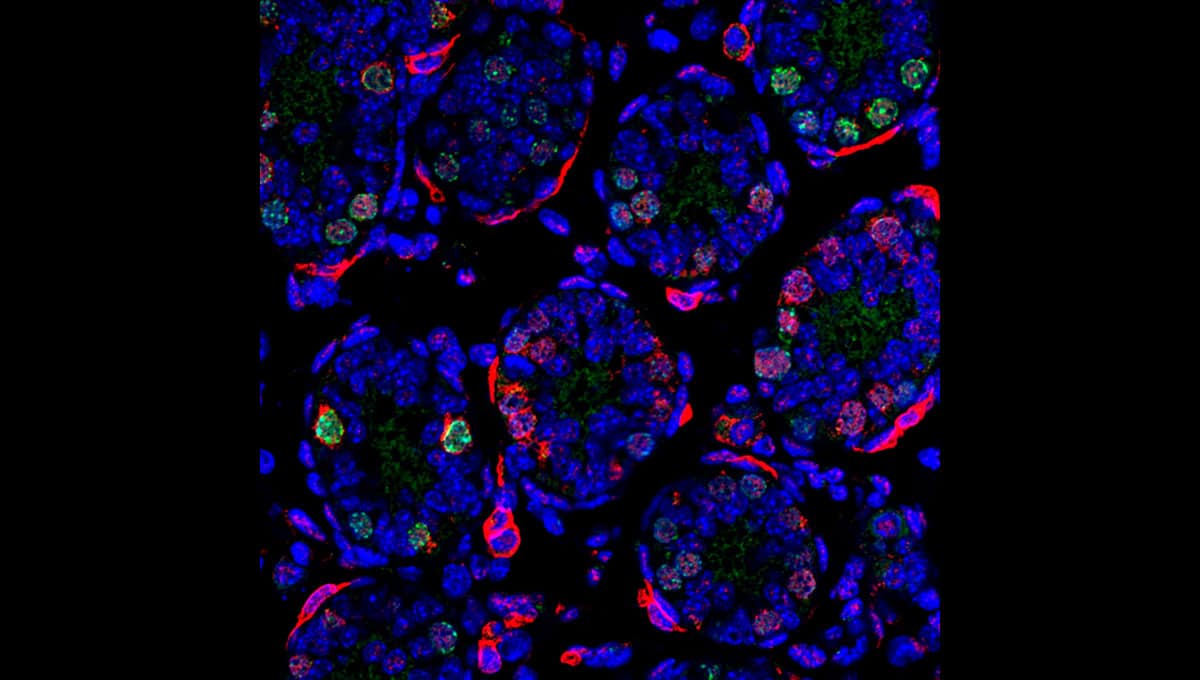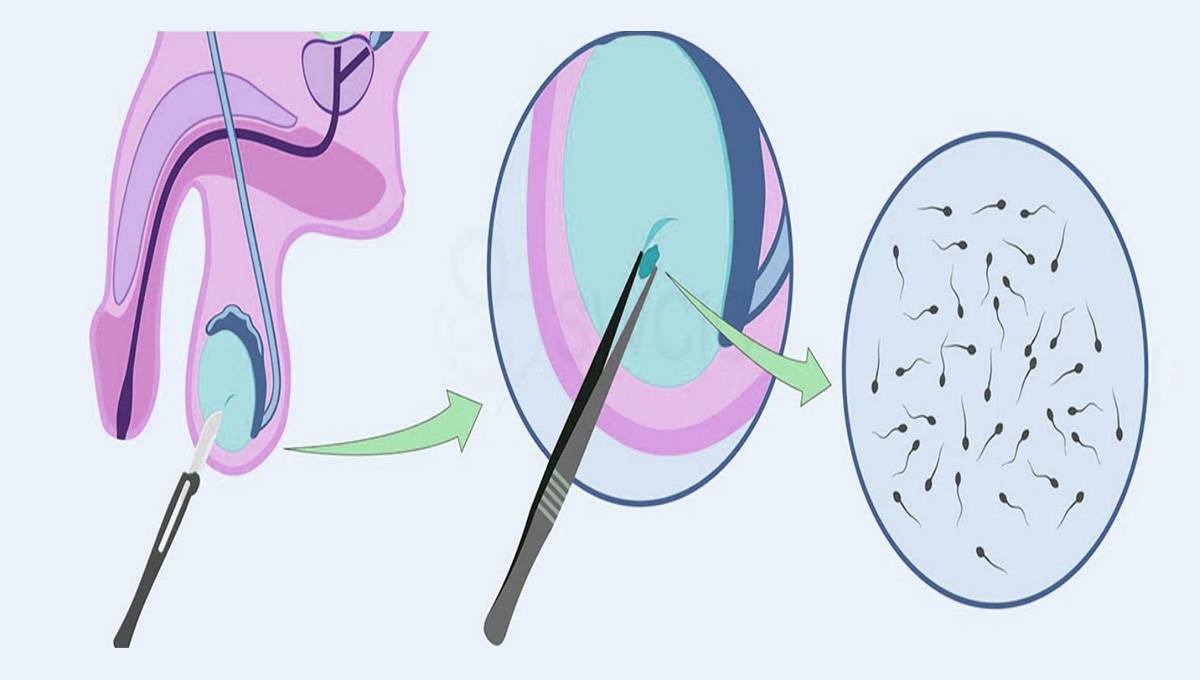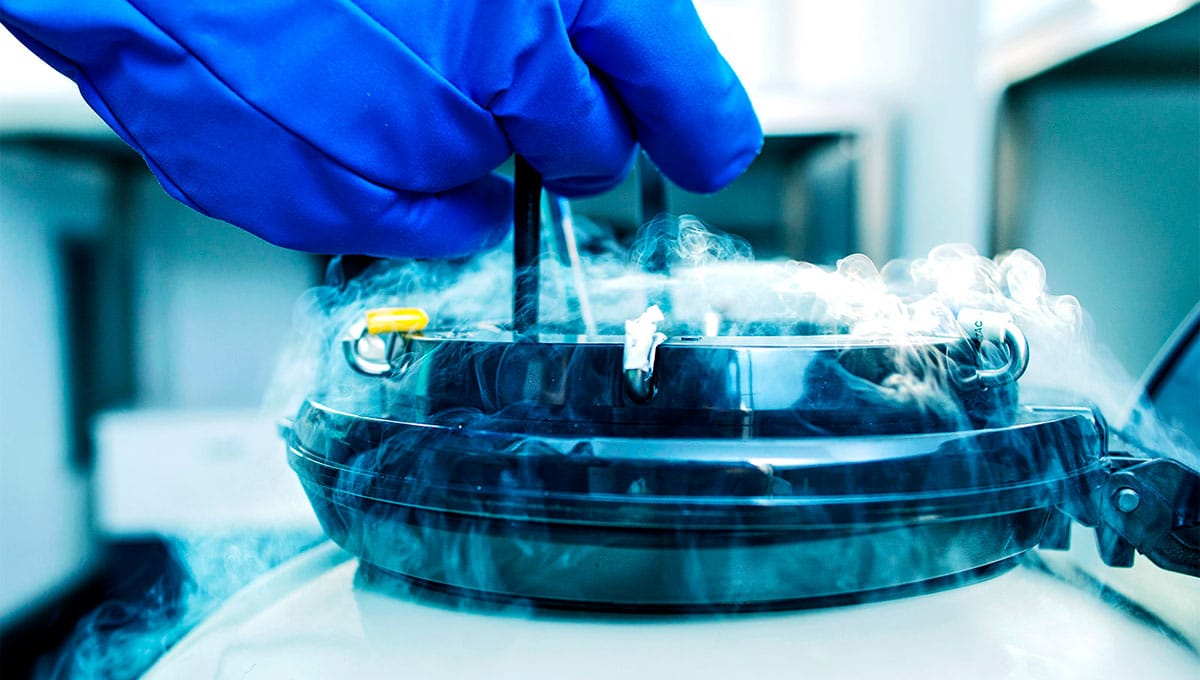A recent study has revealed some important clues to congenital illness and infertility and the outlook is promising. Male reproductive fertility is largely based on timing and any disruption to this timing could lead to infertility or congenital illness. This has had researchers perplexed until just recently when Cincinnati Children’s Hospital Medical Center scientists have identified the key molecular and genetic switch that activates production of healthy male sperm. That is, only when the time is right.
PRC1 the Key to Male Fertility
The mechanism, called Polycomb Repressive Complex 1, is a protein complex that activates specific germline genes which are responsible for the production of healthy sperm. These reproductive germline genes are with us at birth, although they are not fertile during our infancy or childhood. This is because Polycomb Repressive Complex 1 (PRC1) prohibits the activation of fertile sperm until we reach a specific age conducive to reproduction.
Studies conducted by researchers at the Cincinnati Children’s Hospital Medical Center have shown a definitive change in the PRC1 protein complex as mice reach reproductive age. Any germline gene components that block the production of fertile sperm are shed and replaced with a component that initiates the production of fertile sperm.
Satoshi Namekawa, PhD, lead study investigator and member of the Division of Reproductive Sciences in the Cincinnati Children’s Perinatal Institute stated “A long-standing question has been how reproductive germline genes are activated in a precise and timely manner. Our study answers this fundamental question by identifying novel epigenetic machinery that directs timely activation of spermatogenesis,”
Men”s Fertility Study Offers Hope
Another interesting find is that when PRC1 is disrupted, test animals had smaller testes and were unable to produce healthy sperm or offspring. Although the initial research was promising, researchers still need to study the relation of how or why PRC1 changes it role from sperm suppressor to become a sperm activator at the reproductive age.
What does research mean for men struggling with fertility issues? By understanding the role timing plays in the activation of spermatogenesis, researchers can more accurately pinpoint when men are more fertile and how we can develop new treatments to accelerate that process.
www.amitamin.com/en/fertilsan-m New life deserves the best possible start!We provide the essential building blocks for this.
Story Source:
Materials provided by Cincinnati Children’s Hospital Medical Center
Journal Reference:
So Maezawa, Kazuteru Hasegawa, Masashi Yukawa, Akihiko Sakashita, Kris G. Alavattam, Paul R. Andreassen, Miguel Vidal, Haruhiko Koseki, Artem Barski, Satoshi H. Namekawa. Polycomb directs timely activation of germline genes in spermatogenesis. Genes & Development, 2017; DOI: 10.1101/gad.302000.117

Dr. Jones is an experienced consultant in assisted reproduction.
He has worked as a Fertility specialist at Kingston Hospital Assisted Conception and nearly 10 years experience of working in Obstetrics and Gynaecology across hospitals in the UK.
He completed his Masters in Assisted Reproduction Technology and then his PhD, from Imperial College London. Dr. Jones main areas of interest are Single Embryo Transfer, Endometriosis, PCOS and Implantation failure in IVF patients. He is a member of the British Fertility Society and an associate member of the Royal College of Obstetrics and Gynaecology.








